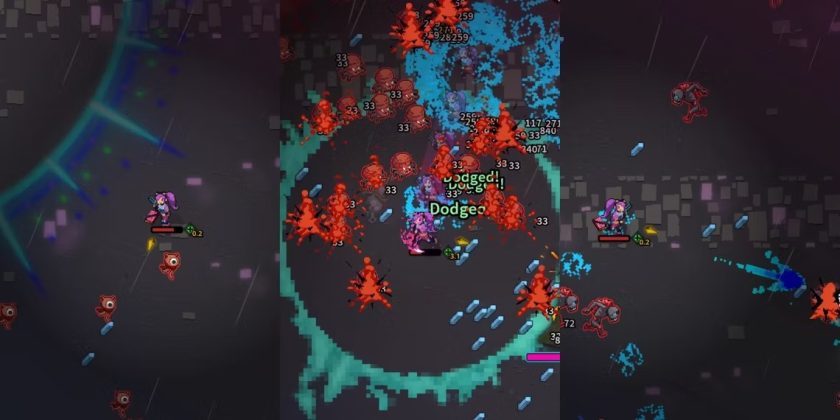It can be difficult to get to grips with the indie roguelike Spellbook Demonslayers. These pointers and tricks should be useful.
Spellbook Demonslayers, another entry in the Vampire Survivors series, differentiates itself as an indie roguelike with a bright pixel art style, a unique upgrade system in and out of runs, and one of the genre’s most addictive soundtracks.
If you’re a fan of the genre, you’ll find a lot of old territory in this game, but it also introduces enough new features that deserve some explanations – ones you don’t really comprehend. So, if you want to be ready to face the demon hordes, here are a few things you should know before you begin Spellbook Demonslayers.
Suit Your Moves
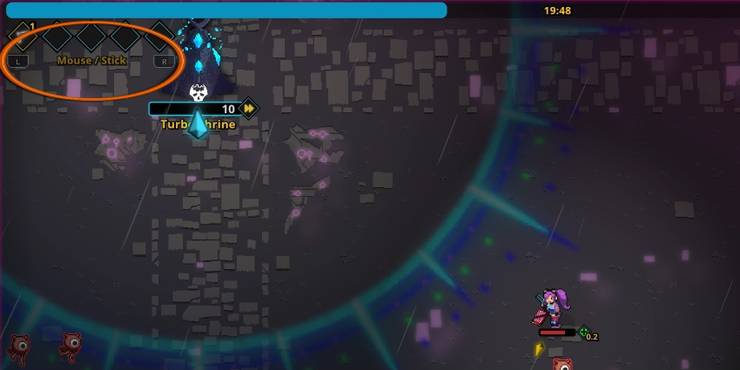
When it comes to controls, the game gives you a few options, allowing you to choose your movement and targeting techniques to better match your playstyle. If you’re feeling really frivolous or need to transition from two-handed to one-handed gaming, you can do so with the bumper buttons or the Q and E keys on the keyboard.
The mouse/stick option is the most exact way to play, especially if you’re using a controller, because it allows you to control your aim and movement individually. If you prefer a more traditional VS approach, the automatic aiming mode selects targets for you. The movement-based option, which fires the aimed ability in the direction you’re facing, is arguably the most cumbersome.
Experiment With Upgrades
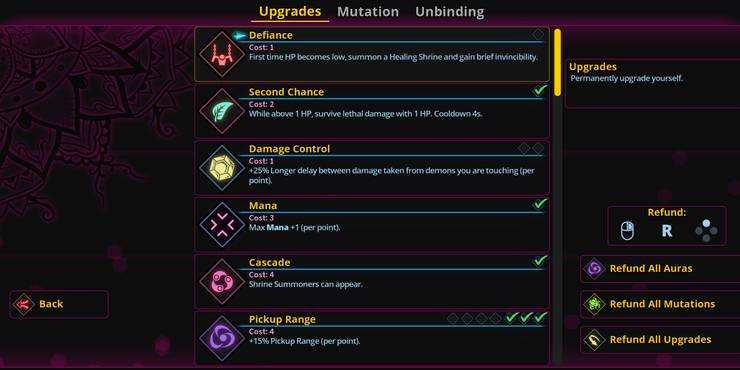
Spellbook Demonslayers features a fairly complex meta upgrading system that can be purchased with Astral Flowers, which are usually dropped by Elite opponents encountered during a run. There are numerous power-ups to pick from, so you should try different combinations to find the most enjoyable and effective ones. This is simple since you can refund all of your Astral Flowers at any time with no loss.
Upgrades, Mutation, and Unbinding are the three categories. Upgrades are simple, providing benefits that help you to survive longer or deliver more damage. Mutation gives you more options for Aura Evolutions, while Unbinding raises the level cap of your Auras, enhancing their maximum strength.
Evolution Ins And Outs
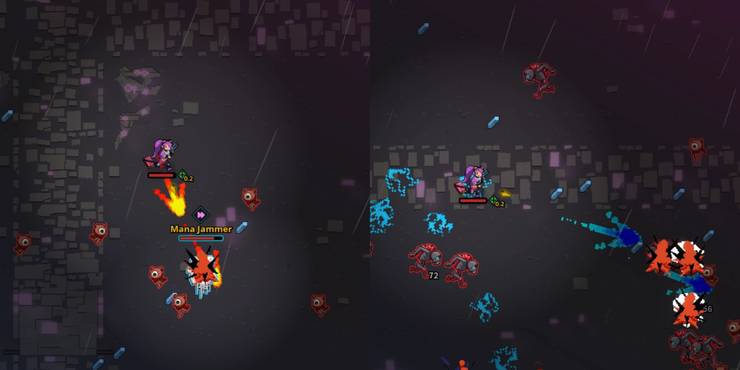
This game’s evolution system differs from that of many previous entries in the genre. There are no criteria for evolving weaponry to begin with. You can evolve them once they reach level six, giving them a new name, new animation, and a huge boost in power.
Auras, which are similar to stat enhancements that are not related to weapons in other VS-likes, can also be evolved. They gain a new functionality when they reach level four. You can spend a reroll to gain an alternate evolution for that Aura if you purchased the appropriate Mutation.
Customize Your Difficulty
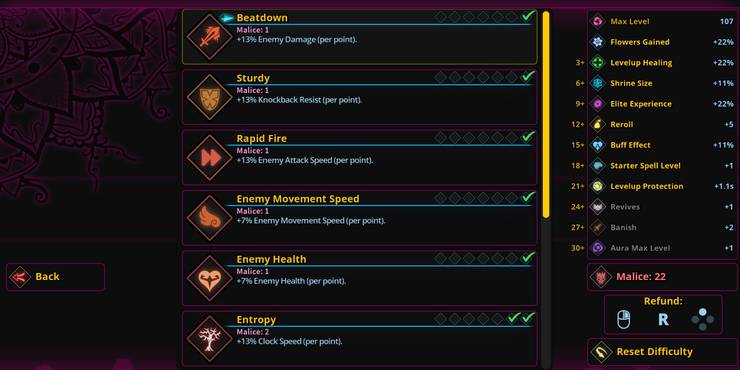
Spellbook Demonslayers allows you to toughen foes and make runs more difficult by adjusting statistics such as their health, damage output, and movement speed. You can also change the clock speed and the number of kills required for Shrine activations.
Increasing the difficulty in this manner earns you Malice, which grants you several bonuses. Increase your Malice score if you believe you can withstand the heat – especially if you’re pursuing achievements, as it’s linked to certain ones. You can also control the player’s and foes’ speeds, but this has no effect on Malice.
Dash Basics
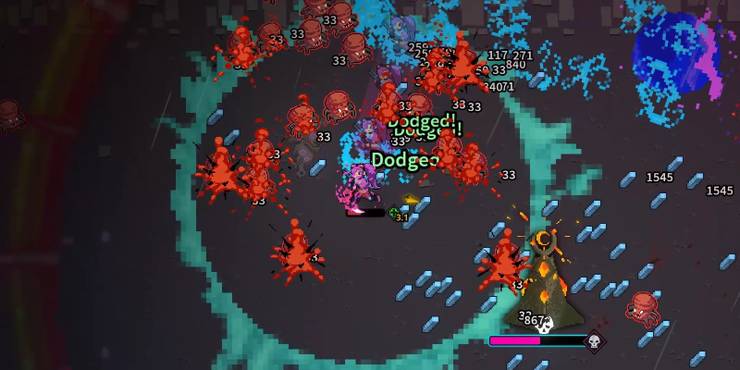
The dash is a handy tool if you’re stuck or need to get into position to start some trouble. It allows you to do a burst of rapid movement. Because you’re invincible throughout the dash, this can get you out of even the most difficult situations. The term DODGED is underlined anytime you dash through something that would have hurt you.
The chevrons on the bottom left side of your screen indicate this. Mana depletes when you use the Dash and steadily replenishes until it’s ready to use again.
The Venn Diagram Of Victory
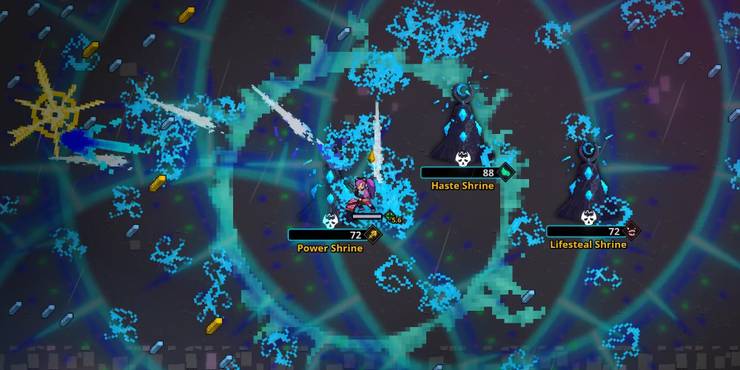
Shrines, an essential secondary objective, bring a novel twist to the VS genre by practically rewarding you for remaining in one region. Depending on how quickly you’re mowing down baddies, you may or may not be inclined to do this.
Staying in a Shrine’s aura (the gradually shrinking circle around it) and defeating the specified number of enemies nets you a variety of benefits. These are determined by the nature of the Shrine in question. Allowing the aura to dwindle to zero causes it to vanish, leaving you with nothing. Corrupted Shrines are the lone exception, since they will continue to shoot at you until you deal with them.
Shrines are unique in that multiple can spawn at the same time, with overlapping domains of operation. You should take advantage of this by standing in the overlaps to increase the kill metre of many Shrines at the same time – and most likely reap multiple awards in the process.
The Map Is Not Infinite (Or Even Very Big)
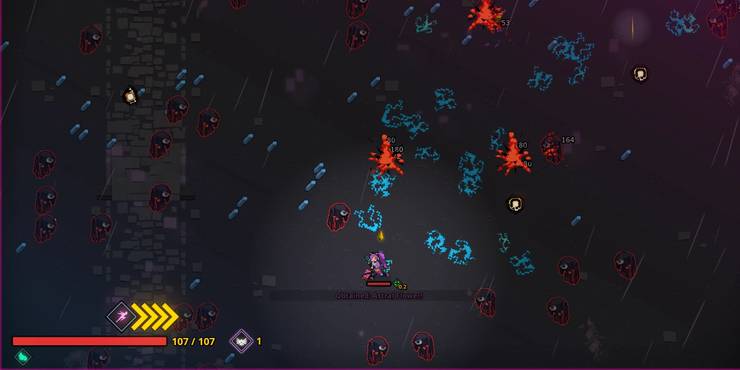
Playing Tunnel Rush and similar games has most likely accustomed you to infinitely scrolling levels, allowing you plenty of room to manoeuvre around waves of foes. You may also be accustomed to maps that are so large that they appear to be boundless. Aside from rare instances like Brotato, this is usually the case.
Another one of such exceptions is Spellbook Demonslayers. Though each of its maps is extremely large, you can easily reach their boundaries if you choose a path and begin going towards them. Keep this in mind when dodging foes in a straight path for extended periods of time, since you may end up at the map’s edge – with a wall of monsters following you back the way you came.

